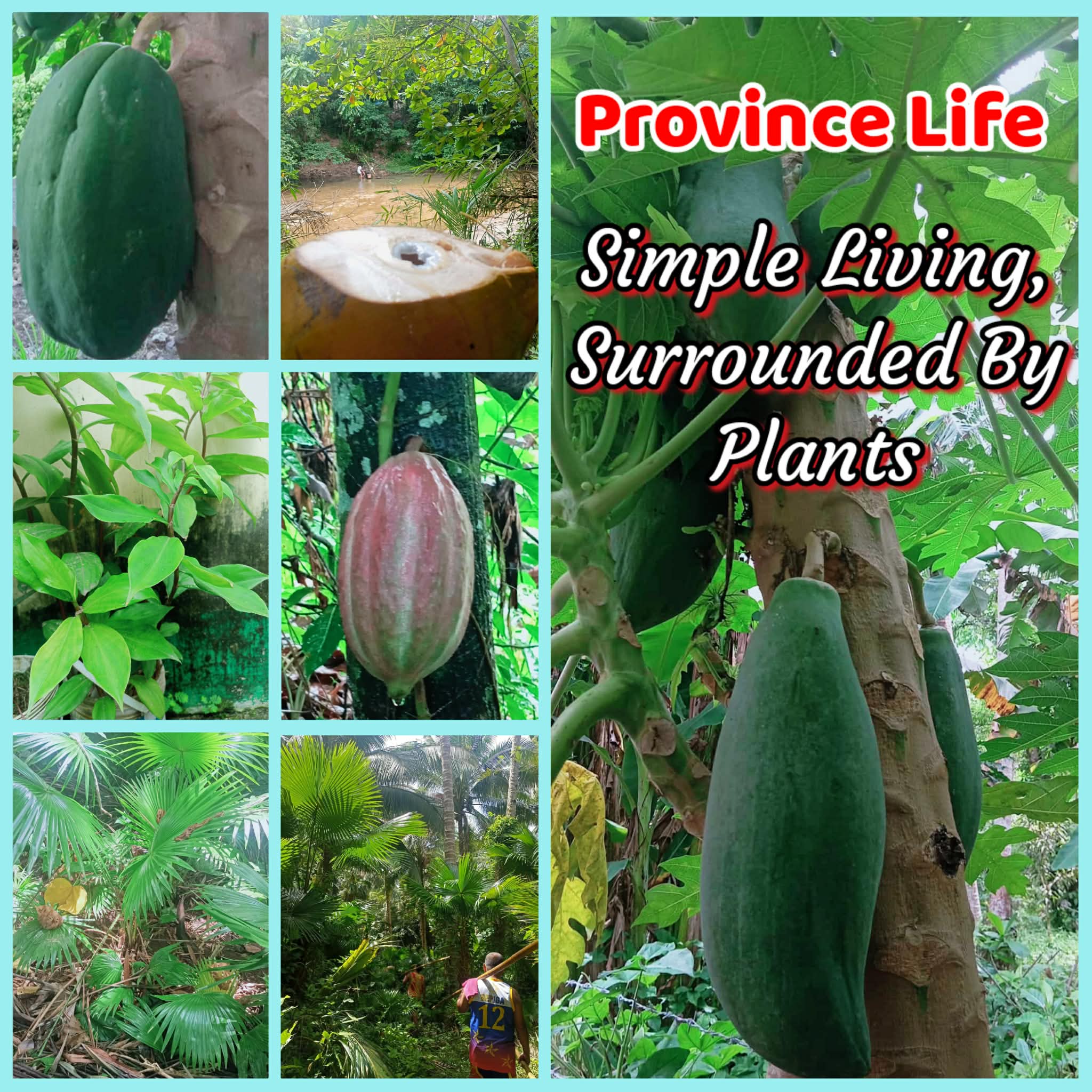
Good day, everyone! Wishing you a bright and wonderful time.
Last August, we went to Sorsogon, to my husband’s hometown. He always goes back every year during their fiesta, but I only join him sometimes because the bus ride is very tiring, it takes around 16 to 17 hours. What I really like about their place is it’s close to the market and has a fish port, so fresh fish and seafood are sold at an affordable price especially my favorite crabs.
Bicol is well known for their dish called Bicol Express, because they really love cooking with coconut milk and making food spicy. My husband love spicy food. Many of their dishes use gata and sili, like meat, seafood or vegetables. That’s what makes Bicolano food truly unique.
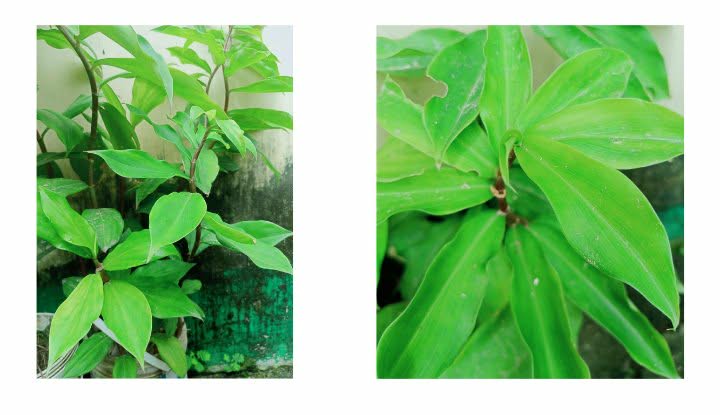
I researched about this insulin plant and what it is for. It is actually good for the health. Many people believe the leaves help lower blood sugar, improve digestion, reduce inflammation and boost immunity. It is also rich in antioxidants but we should be careful because there are other plants that look similar but are not real insulin plants. The leaves can be boiled and made into tea. I learned this from our neighbor, Ate Jocelyn who drinks it because of high blood sugar. Her doctor gave her a prescription for insulin capsules, but since they are expensive, she also drinks the boiled leaves. Luckily, my mother in-law has this plant in the province. I sometimes just take a leaf, I wash it and chew to get the juice and then I spit out the leaf.
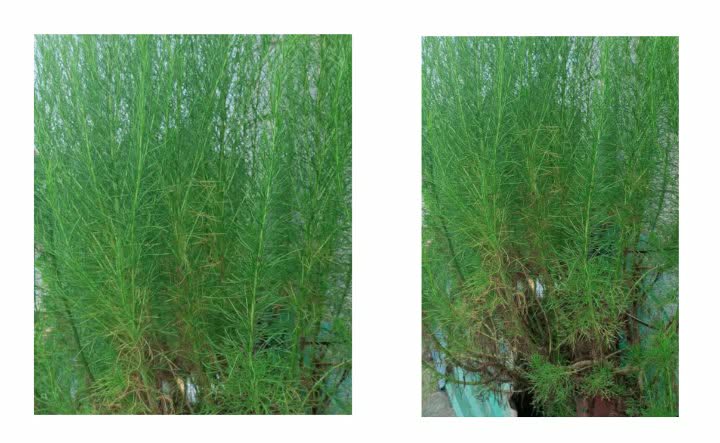
This plant is really pretty. When it blooms, it looks nice in nanay eden yard. She said it’s not delicate it grows on its own when it has seeds. I didn’t tell her I also have this plant at home, hehe. It’s very common and I see it everywhere.
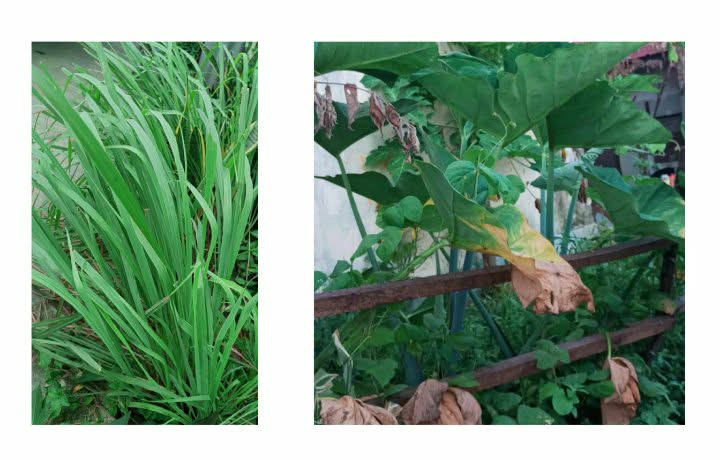
Who here also likes adding lemongrass for tinola or in fish soup? They say most Bisaya people really love using lemongrass and I agree because it makes the broth more flavorful and helps remove the fishy smell. Lemongrass is not only for cooking, but it is also used as herbal tea. also helps lower high blood pressure.
The Gabi that tatay Danny planted has grown really big. Its flesh is delicious boiled and eaten with ginamos as a dip. This is something only we Bisaya can truly relate to. Back then, when there was no rice, we would eat gabi as our snack or even as our meal. It can also be added to pork sinigang, a traditional Filipino dish, where it blends perfectly with the sour broth.
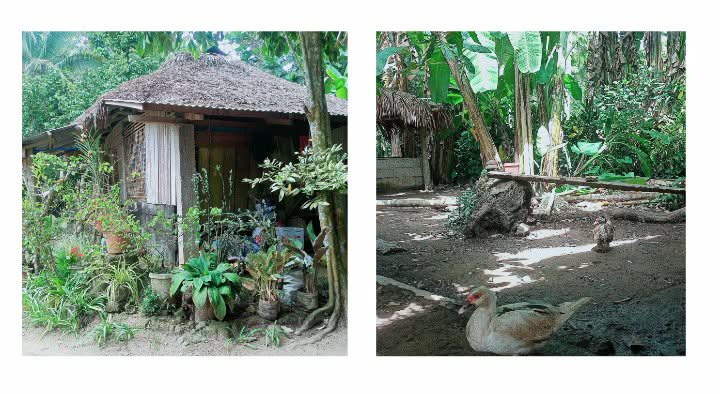
Nanay Eden has many plants around the house and at the back there are more flowers and cassava. The place looks nice, but the problem is it often gets flooded because it is close to the river. They sleep here whenever they do coconut harvesting, which is why Nanay’s plants are sometimes neglected, she only comes here during copra season. It’s a simple house, with a roof made of anahaw.
Did you see the duck? There are more at the back of the bahay kubo together with the chieckens.
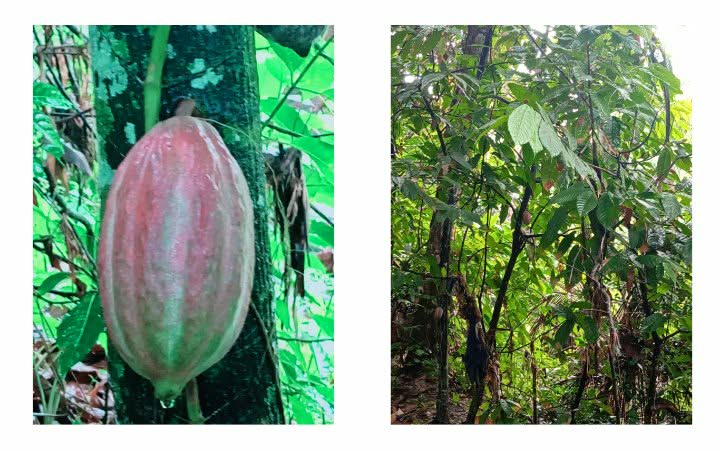
This cacao is really my son’s favorite. He keeps watching and waiting for it to ripen because he wants to be the first to get it before his cousins. husband told him that we will just come back to our house since it’s not ready yet. His lolo Danny has many cacao trees, so my mother in-law is able to collect plenty of seeds and make chocolate from them.
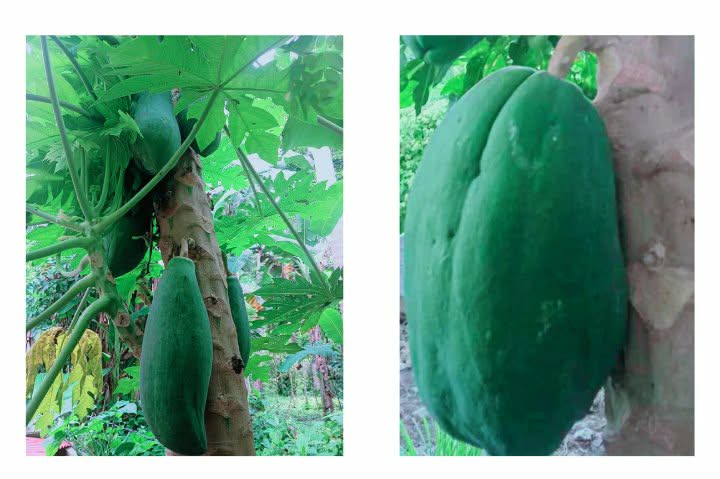
Sister in-law told me that their papaya trees were damaged during the typhoon. Some of them fell down because of the strong wind, but thankfully a few fruits were left on the tree. I told her I wanted native chicken tinola with papaya, so she picked some from the tree. Papaya is also delicious when made into atsara.
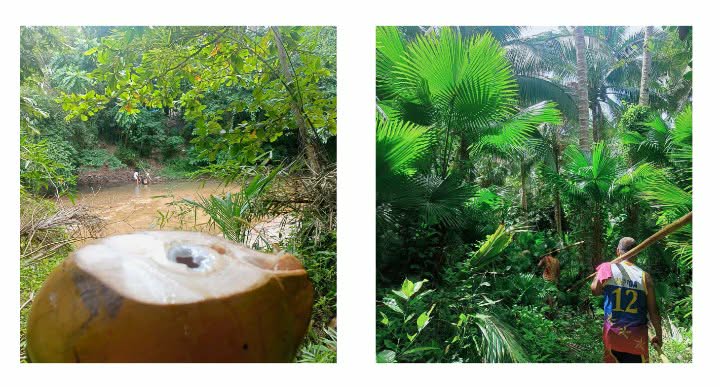
Wherever you look there are plenty of cocount trees around. Fresh buco juice taste so good I always drink it.
When they make copra, they use a long bamboo pole to pick the coconuts. That is the way they do it in the copra farm.
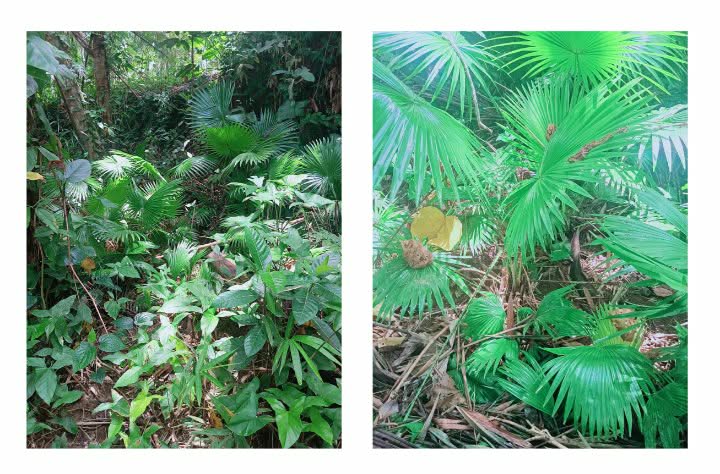
This is the national leaf of the Philippines, the Anahaw. In Bicol, it grows usually under coconut trees. They use it as roofing for houses. I really like it because it’s cool and beautifulI. For them, it’s just a common plant. I brought some because I want to plant it at home.